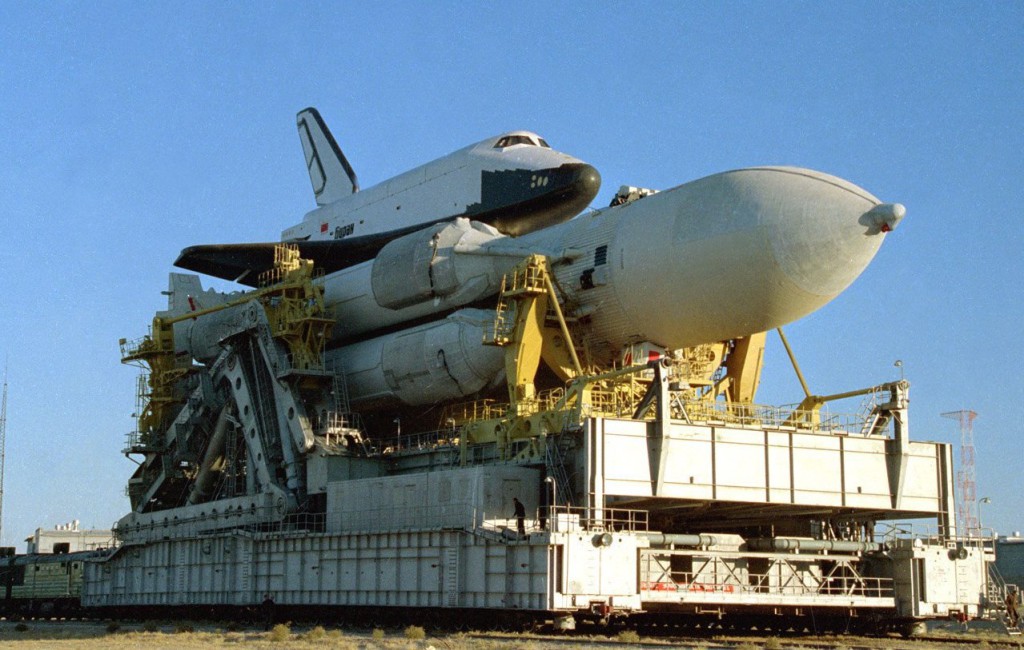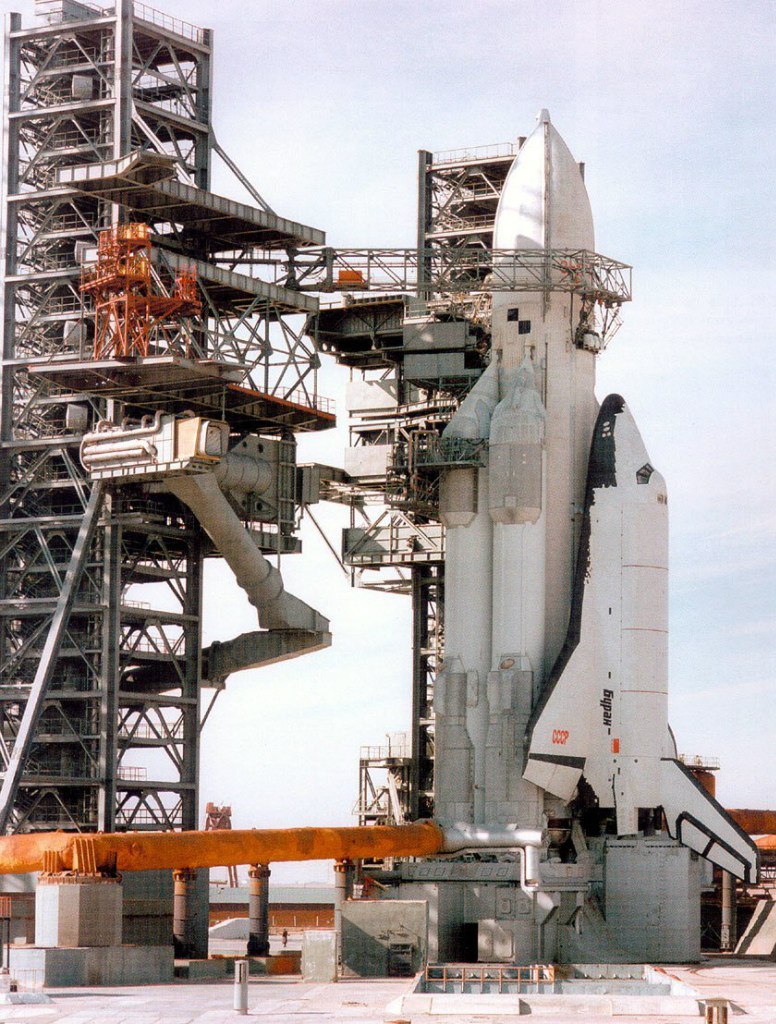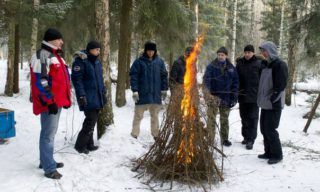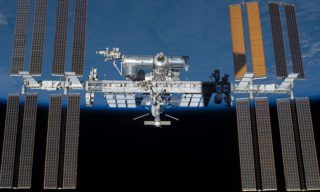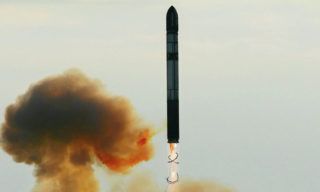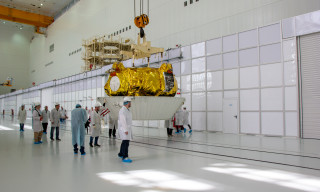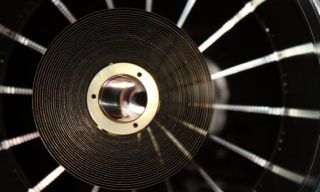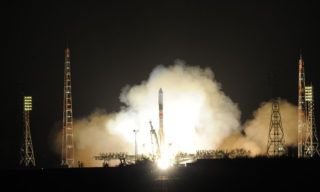On November 15, 1988, 30 years ago, the Soviet spaceship “Buran” made its triumphal unmanned flight.
It circled the Earth twice and made the first ever automatic landing of a winged spacecraft on the landing complex of the Baikonur cosmodrome.
This event was the crown of the most complex and most expensive program of the Soviet space program, which began in the mid-1970s as a response to the development of American space shuttles.
It possible to say, that the program to create a space system “Energia-Buran” has become the most ambitious space project in Soviet and Russian history.
For the production of “Buran” it was necessary to create thousands of new materials, technologies, production processes, stands, laboratories, to spend tens of thousands of different tests, units, models, flying laboratories and experimental products.
The whole country worked on the “Energia-Buran” system – during its creation, the efforts of hundreds of design bureaus, factories, research organizations, military builders, and operational parts of space forces were combined.
In total, 1286 enterprises and organizations from 86 ministries and departments participated in the development of the system, the largest scientific and production centers were involved.
The “Energia-Buran” system employed more than 2.5 million people throughout the country, more than a million of whom were directly involved in its creation.
As of the beginning of 1992, the total direct investments on the program amounted to 16.4 billion rubles.
Prior to “Buran”, the Soviet space history knew nothing of the kind.
